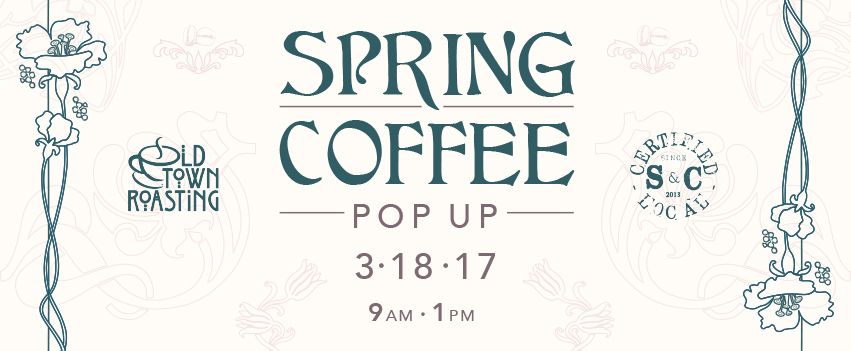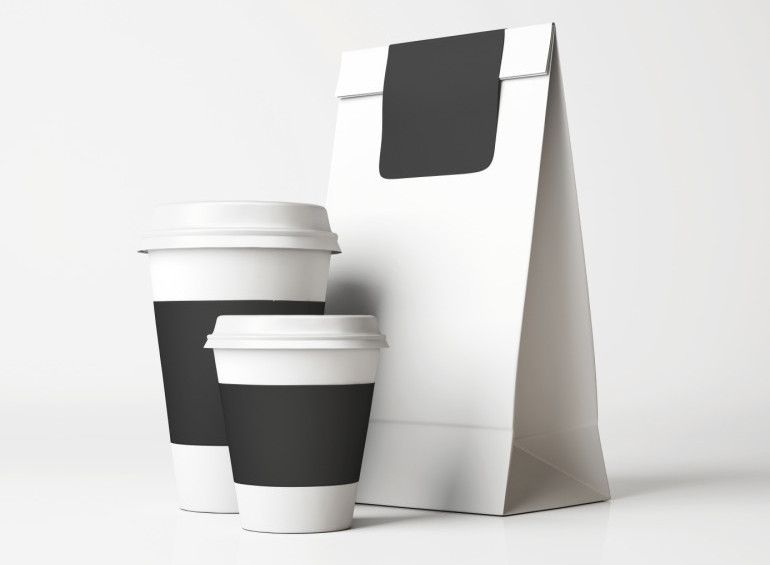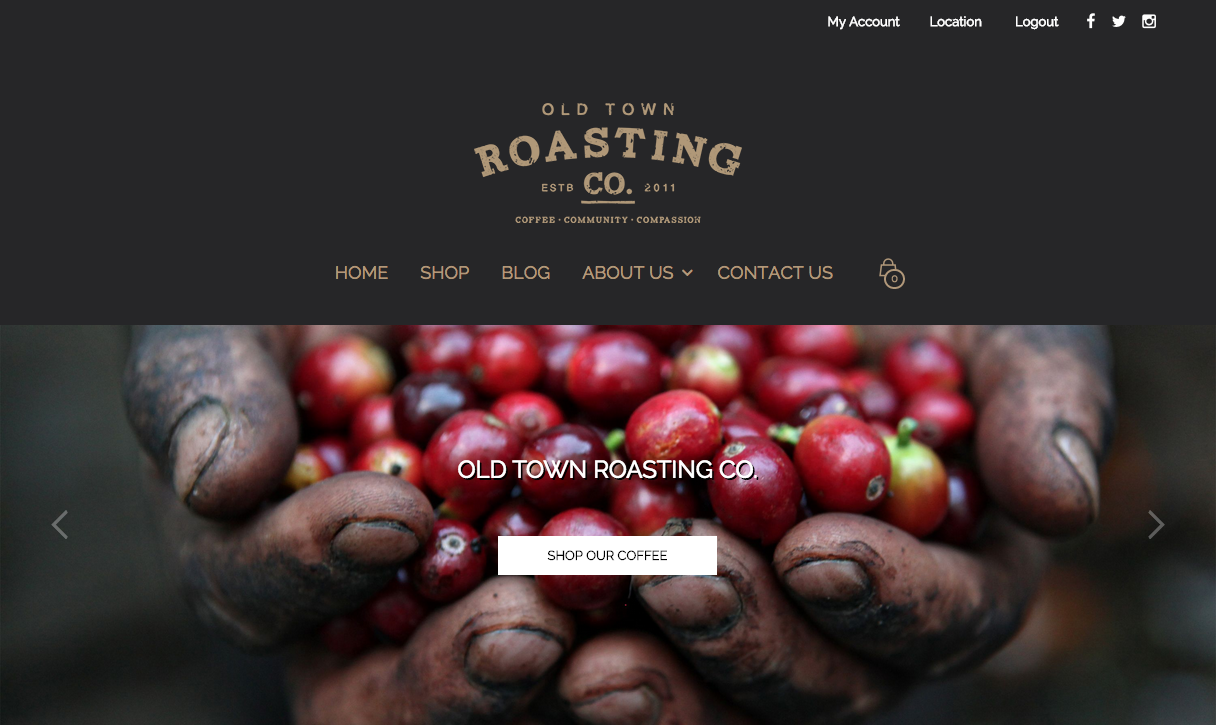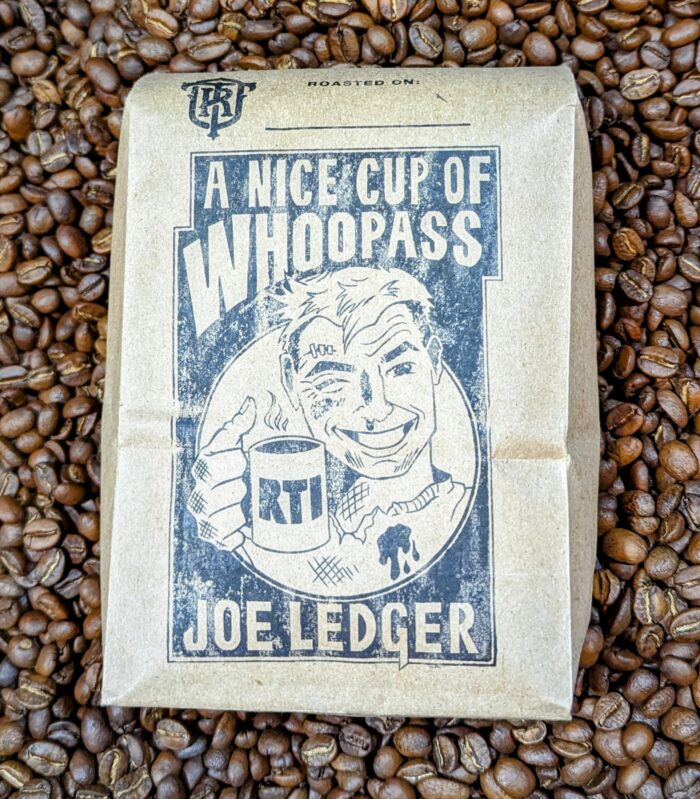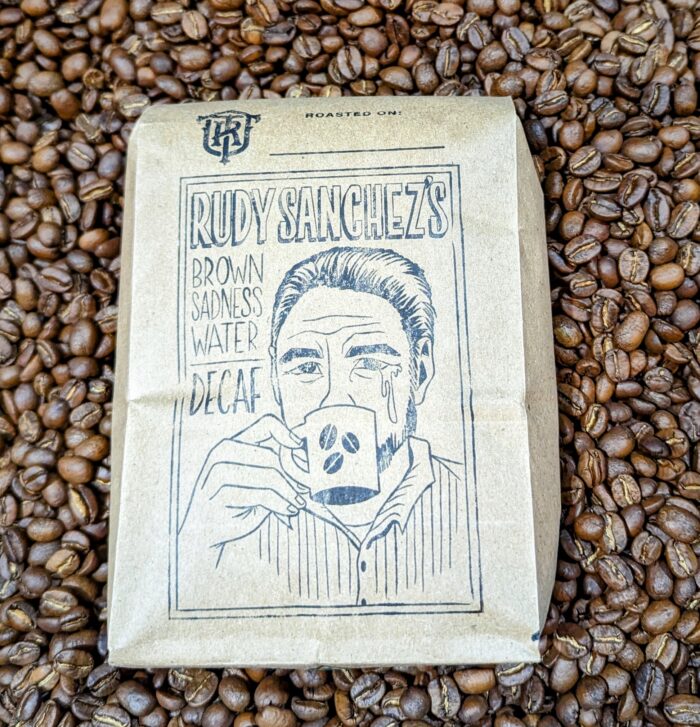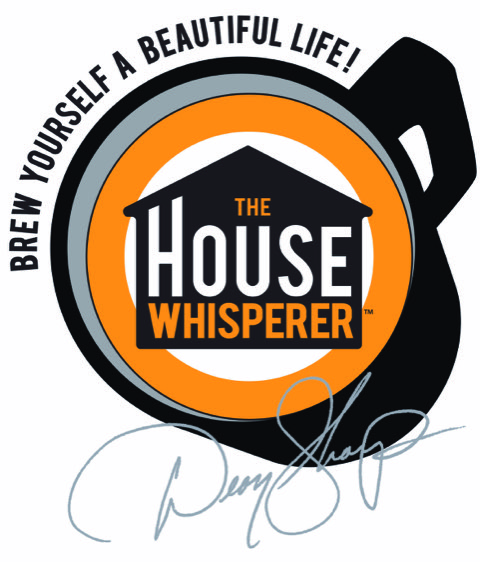SHOUTOUT LA interview with Shawn the Roaster
Meet Shawn Anderson | Master Coffee Roaster / Activist / Owner of Old Town Roasting
Unveiling Spring
Unveiling Spring. Spring is one of my favorite times of the year. As someone who lives with Seasonal Affective Disorder the change from the cold, dark days of Winter to the rich colors and new life of Spring raise my spirits and inspire me. It reminds me that everything is temporary, from the rain that dampened my spirits to the newly sprouted roses in my yard. The colors, the smells, the…newness. For me, this season is a beautiful lesson in impermanence [...]
3 Tricks of the Trade (Things to be aware of when buying coffee)
Though 99% of my encounters with coffee professionals have been wonderful, I have seen people (typically large companies) try to pull the wool over the eyes of their customers to increase their profit margins. Here are, in my opinion, a few things you should know about and be aware of: “Best By” vs “Roasted On” dates […]
Welcome to the NEW Old Town Roasting Website
Well, here we are. My first blog post for the new Old Town Roasting website. If you’re reading this, thank you. Getting to this point has been an interesting journey and I’m excited to share it with you. I won’t rehash my whole story here…you can read the “about me” on the website for that. For this post, I want to talk about my day job and how Old Town Roasting has grown out of that over the past few [...]
Meet Shawn
Some of my first memories as a child include coffee. I can’t remember a time when my parents didn’t have a pot of coffee brewed in the kitchen. Coffee was always at the ready for them or for any visitor that may pop in. To me, coffee was a drink of comfort and hospitality and I will always think of it as such. I myself, began drinking coffee in the 4th grade…read more
SHOUTOUT LA interview with Shawn the Roaster
Meet Shawn Anderson | Master Coffee Roaster / Activist / Owner of [...]
Unveiling Spring
Unveiling Spring. Spring is one of my favorite times of the year. [...]
3 Tricks of the Trade (Things to be aware of when buying coffee)
Though 99% of my encounters with coffee professionals have been wonderful, I [...]
Welcome to the NEW Old Town Roasting Website
Well, here we are. My first blog post for the new Old [...]


